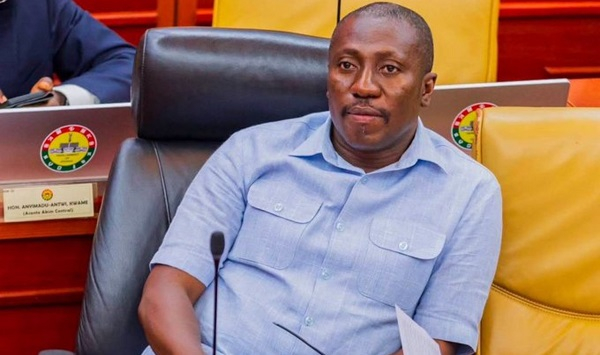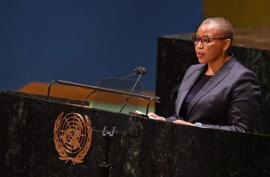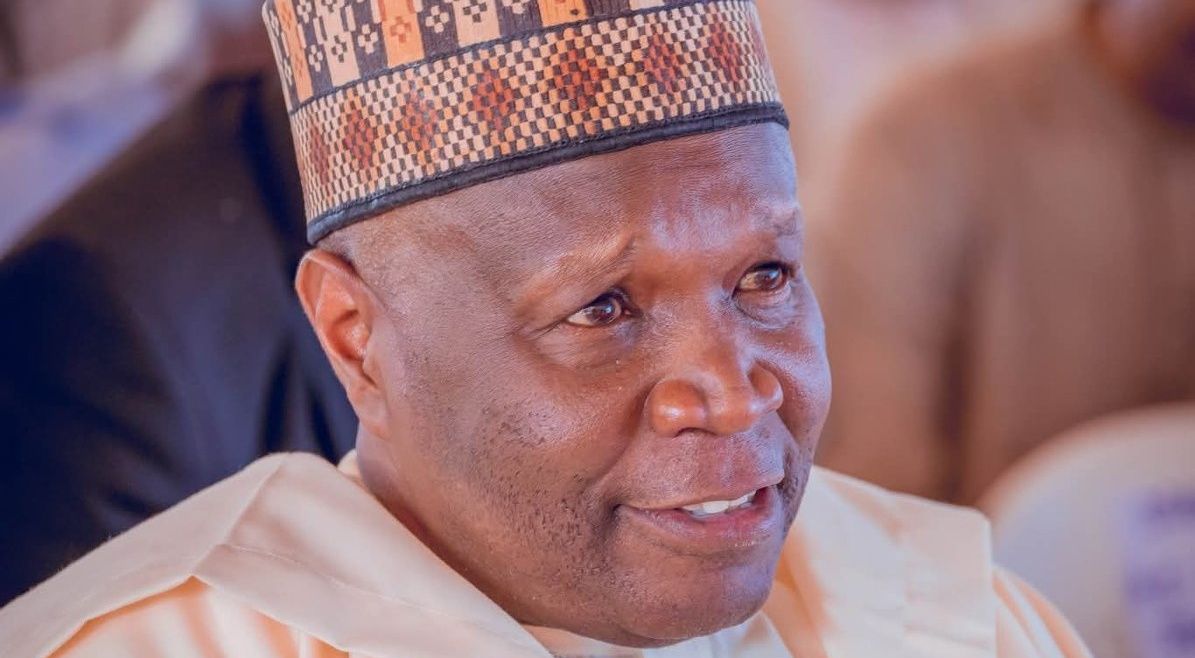Trump's policy curbs: New innovation order and India's strategic rise - Hindustan Times
Jun 21, 2025 12:48 PM IST
The flows of globalisation were once imagined catalysing a new world order based on leveraging trade, talents and innovation. However, what is now being witnessed under the second term of President Donald Trump in the US is a reversal of such flows. While the US seeks to Make America Great Again, a reduced role of the world’s most powerful actor in pushing such flows not just create a vacuum for other actors in the international system, but also lead the system to suffer several strains. Policies under Trump 2.0, in the form of tariffs and visa restrictions, as well intended as they may be for America’s safeguarding of its sovereignty and prowess, are disrupting traditional economic and talent flows.

Extremely high tariffs, such as the proposed 100% duties on BRICS countries, aim to reshore manufacturing to the US, but they also risk increasing costs, while companies are pushed to seek alternatives outside China. How well this pans out for the US as well as other economies is something that is to be watched out for. Restrictions on H1-B visas and optional training programs, similarly, limit access to global talent, potentially creating skill gaps in US tech sectors. While it is the sovereign right for the US to decide what role it wants to play in the existing world order, other countries need to look out for themselves and turn adversities into opportunities. Disruptions to innovations in the US have been driving innovation to other hubs, as companies and talents seek environments with fewer restrictions and lower costs.
Countries like India, Germany and Canada have been emerging as alternative hubs. In fact, the US’s tightened visa policies have already led to a 15% rise in Indian student applications to Canadian Universities and increased interest in Germany’s no-tuition public universities. In June this year, speaking in New Delhi, German ambassador to India, Philipp Ackermann stated that there are already 50,000 Indian students in Germany and the country is keen to welcome more. Meanwhile, US tech giants, which have been reliant on foreign talent, could face labour shortages, prompting companies to expand research and development centres abroad, particularly in India, where local talent, owing to the positive demographic dividend that India has; is abundant and costs are competitive. What this sort of decentralisation of innovation could lead to is a reduction of the US’s dominance in tech, and could create a more multipolar innovation landscape.
India, in fact is uniquely positioned to capitalise on these shifts owing to its robust IT sector, growing manufacturing capabilities and strategic alignment with US interests, particularly in countering China’s influence. The push under Trump 2.0 to reduce reliance on Chinese tech firms, aligns with India’s own efforts to limit Chinese influence in cybersecurity and telecommunications. As US forms diversify away from China, India is positioned as a prime destination for investment in semiconductors, 5G and AI. Indian tech giants such as Infosys, Wipro and TCS, could see increased demands as US companies expand operations in India. Additionally, restrictive H1-B policies may drive Indian tech professionals to build domestic startups, and help India in reducing brain drain, while further fostering India’s own Silicon Valleys. In any case, US companies, seeking alternatives to Chinese manufacturing have been increasingly turning to India, particularly in auto components, pharmaceuticals and chemicals for example.
In the realm of education and talent development, India can capitalise on the opportunity created by visa restrictions in the US, by expanding its own higher education system. Joint degree programmes with US institutions, potentially ties to Fulbright-Nehru scholarships can go a long way in attracting talents and fostering innovative ecosystems. The process has already started, as foreign Universities, are increasingly establishing a presence in India, driven by the National Education Policy (NEP), and the University Grants Commission regulations of 2023. Top global Universities, that are ranked in the top 500 globally or in specific subjects are to set up branch campuses, and to collaborate with Indian institutions.
The path ahead for India however has challenges as well, and India has to navigate potential trade wars and further visa restrictions that can strain its $ 254 billion tech sector, which relies heavily on the US market. Diplomatic statecraft will be more crucial than ever to maintain strong bilateral ties, particularly given Trump’s transactional approach. Preparing itself through further investments in education and tech is a necessity for India to navigate these challenges. Trump 2.0’s restrictive policies, while immensely challenging should also be seen as a catalyst for global innovation, with India poised to emerge as a leading actor. Leveraging its tech prowess, manufacturing potential and through educational reforms, India can envisage turning these curbs into opportunities which will strengthen its economic and strategic standing.
This article is authored by Sriparna Pathak, professor, China Studies and International Relations, Jindal School of International Affairs, OP Jindal Global University, Sonipat.








